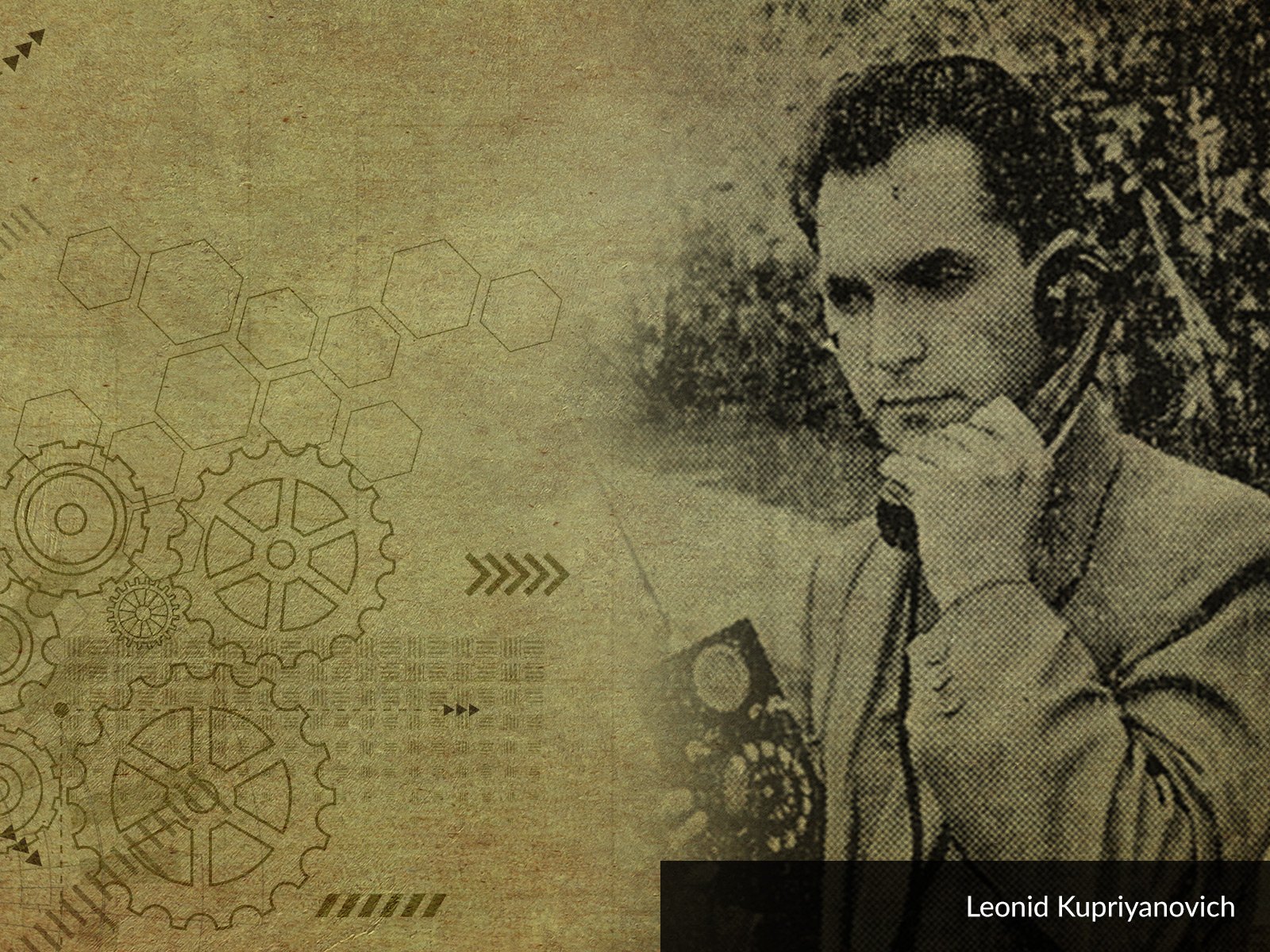
Johann Schweigger was born on April 8, 1779, in Erlangen, Bavaria. His father was a theology professor and his brother was a valued naturalist and physician. Schweigger choose a different path for himself and studied philosophy. Later on, his friends convinced him to take on natural sciences, which he had a talent for. Physics became his main subject of interest. For years, he explored the secretes of electricity, which was studied by the brightest minds at that time. Alessandro Volta, Andre Ampere or Charles-August Coulomb are only a few of the brilliant scientists of that period whose achievements are remembered till this day. Johann Schweigger is also one of them. In 1808, he built the electroscope which allowed to measure the electric field strength. More importantly, 12 years later he invented the galvanometer, by expanding Hans Christian Ørsted’s idea. This invention enabled detecting and measuring even the lowest amperage values. Nowadays, we can make such measurements using multifunction devices, but in the 19th century it was a significant discovery. The galvanometer was used by, for example, Michael Faraday, when he was working on his ground-breaking discoveries in the field of electromagnetism.
Johann Schweigger might seem like an average person, especially compared to the scientists mentioned above. We can only wonder how the research work of other inventors would have progressed, and if they would successful, if it hadn’t been for his input into the development of studies of electricity. Schweigger’s educational work is also worth noting – he taught at the universities of Erlangen and Nuremberg. He was also a schoolteacher in Bayreuth. Interestingly, Johann Schweigger was a member of one of the masonic grand lodges established in this city. Since 1811, he was the publisher of magazines dedicated to physics and chemistry. This work was later continued by his adopted son, Franz Wilhelm Schweigger Seidel.
In our series, we often appreciate thinkers whose inventions we are still using until this day. Johann Schweigger worked in a different area, though. He made it possible to measure physical properties of electricity. Thanks to him (and other scientists), this mysterious phenomenon gained a real and practical dimension. Throughout his entire life, this German philosopher tried to understand matters which were almost mystical from the scientific point of view – this is best evidenced by his work “Introduction to mythology, from the standpoint of natural science”. Looking at it from today’s perspective, we should openly admit that Schweigger’s enlightened way of thinking turned out to be incredibly fruitful. Of course, multimeters and oscilloscopes are used mostly by engineers, but precise measurement of physical values is something ordinary people do on a day-to-day basis. The entire modern communication, including serial communication, is based on analogue-to-digital conventers, which are, essentially, voltage meters. Monitoring such parameters as amperage is crucial for digital photography, television, and many industrial processes. Even though all those inventions may seem to be far from Johann Schweigger’s devices, analogue meters still use solutions that are very similar to his original design. Then, let us embrace the lesson to learn from this electronics pioneer: curiosity… leads to invention.





